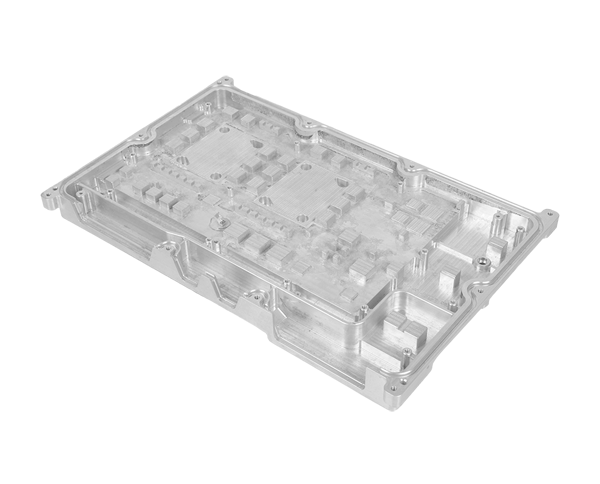2025-03-14 hits:0 source:News

Aluminum alloy die - casting molds are crucial components in the die - casting process, and their proper maintenance and repair are essential for ensuring high - quality castings and long - term mold service life.
Regular Maintenance
Cleaning: After each production cycle, the mold should be thoroughly cleaned. Residual aluminum alloy, release agents, and other contaminants can accumulate on the mold surface. Using appropriate cleaning agents and tools, such as soft brushes and solvents, can effectively remove these residues. For example, a water - based cleaning agent can be used to clean the mold cavity without causing damage to the surface. Regular cleaning helps prevent the build - up of substances that could affect the quality of subsequent castings, such as causing surface defects or reducing the smoothness of the mold surface.
Lubrication: The moving parts of the mold, such as guide pins, ejector pins, and slide mechanisms, need to be lubricated regularly. High - quality lubricants are selected based on the operating conditions of the mold. For instance, in high - temperature die - casting environments, heat - resistant lubricants are used. Proper lubrication reduces friction between moving parts, preventing premature wear and ensuring smooth operation of the mold during the die - casting process. It also helps in reducing the energy required for the mold to open and close, which can improve the overall efficiency of the production line.
Inspection: Regular visual inspections of the mold are necessary. Check for signs of wear, such as erosion on the mold cavity surface, cracks in the mold structure, or damage to the ejector system. Measuring tools can be used to check the dimensions of the mold cavity to ensure they are within the allowable tolerance range. If any minor issues are detected during inspection, they can be addressed promptly, preventing them from developing into more serious problems.
Repair
Wear and Erosion Repair: When the mold cavity shows signs of wear or erosion, repair methods such as welding, grinding, and polishing can be employed. For minor wear, grinding and polishing can be used to restore the smoothness of the surface. In cases of more severe wear, welding with appropriate aluminum alloy filler materials can be carried out. After welding, the repaired area needs to be carefully ground and polished to match the original surface finish and dimensions. This ensures that the mold can continue to produce high - quality castings without causing defects in the aluminum alloy products.
Crack Repair: Cracks in the mold can be a serious issue. Depending on the size and location of the crack, different repair methods are used. Small surface cracks can sometimes be repaired by grinding out the crack and then welding. For deeper and more extensive cracks, more complex repair techniques may be required, such as using specialized crack - arresting methods. In some cases, if the crack is too severe and the mold cannot be effectively repaired, the mold may need to be replaced to avoid production disruptions and ensure product quality.
Read recommendations:
aluminium extrusion die manufacturers
lf you have any questions or comments, you can leave us a message and we will reply to you as soon as possible
